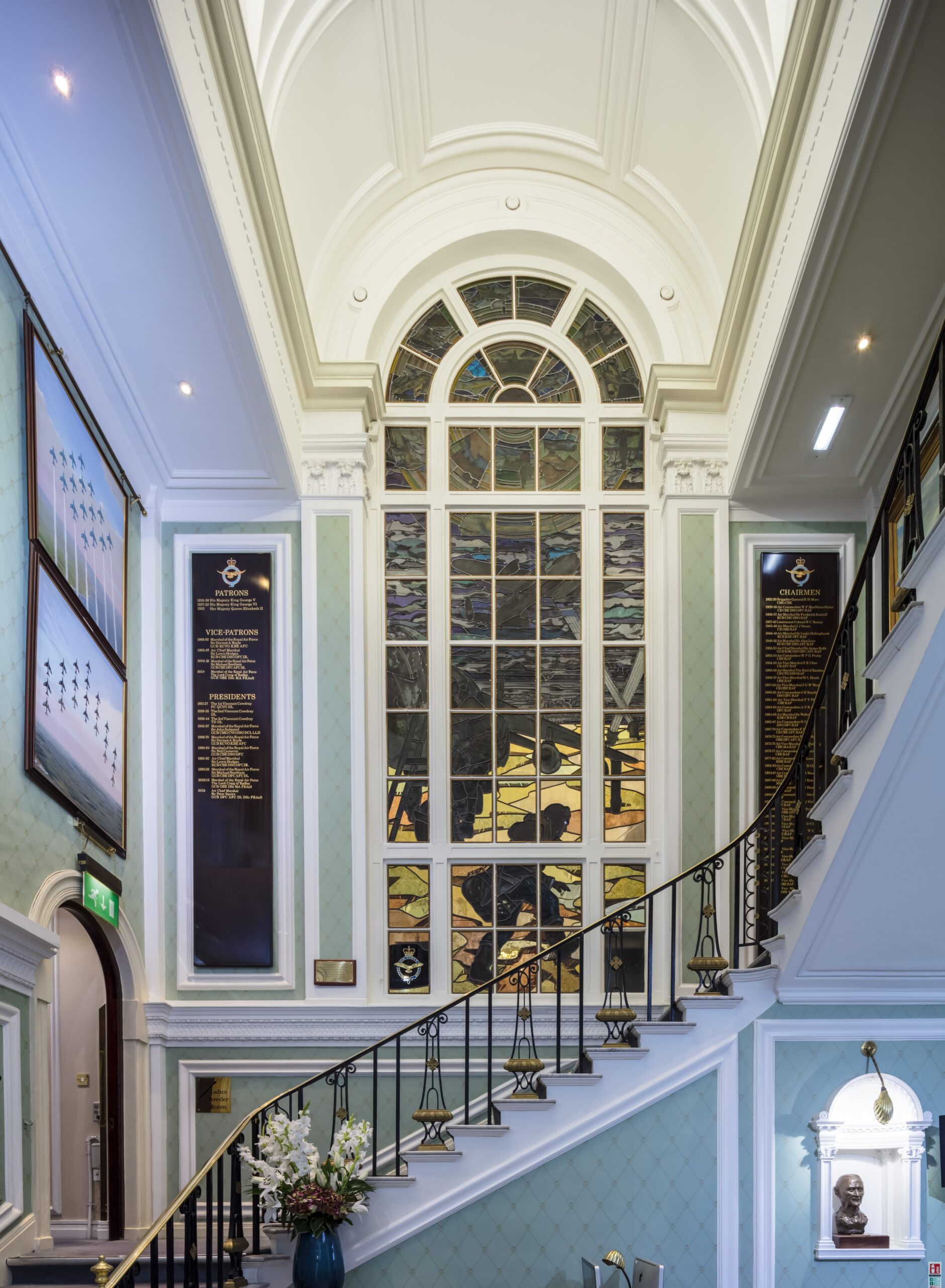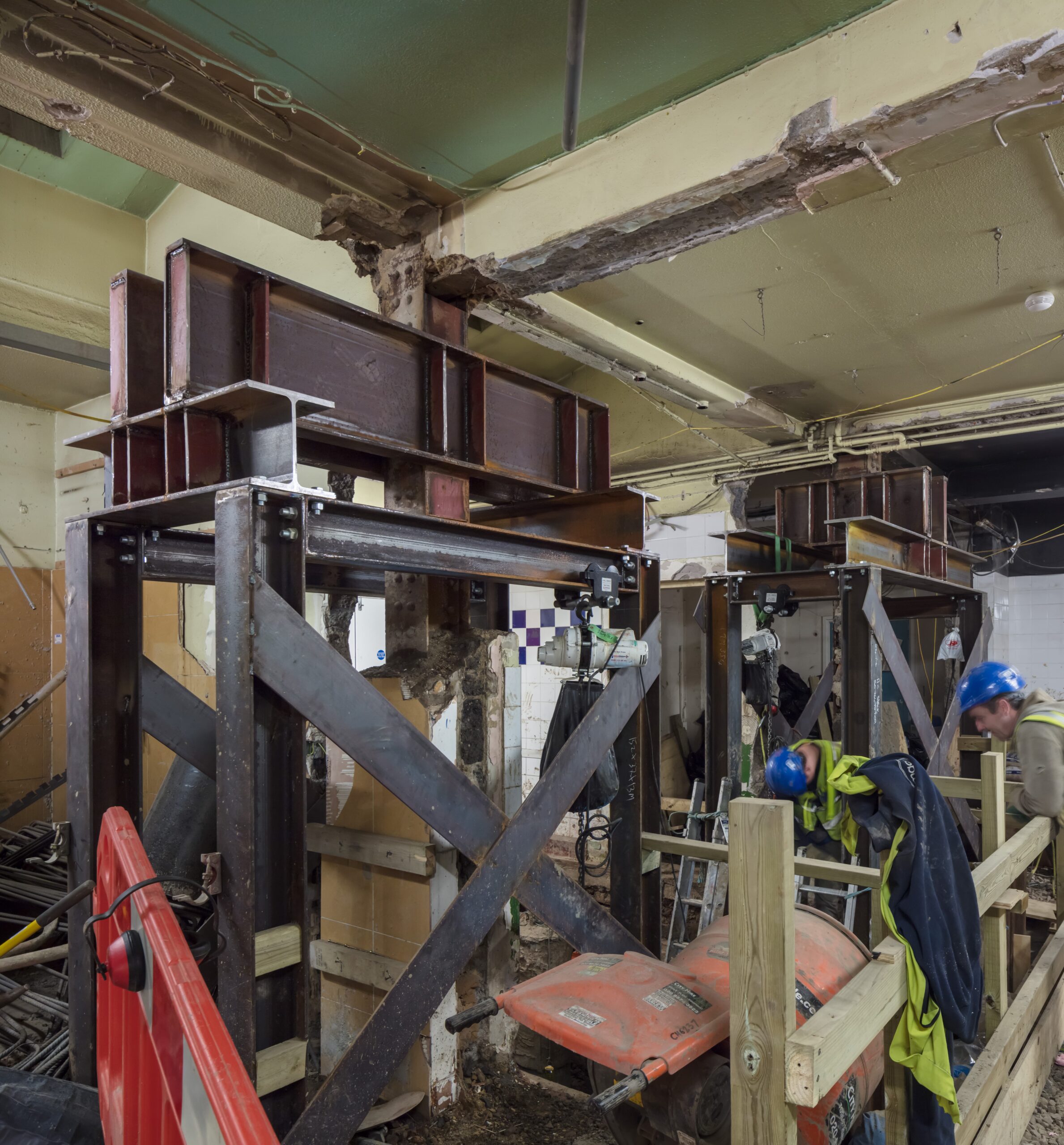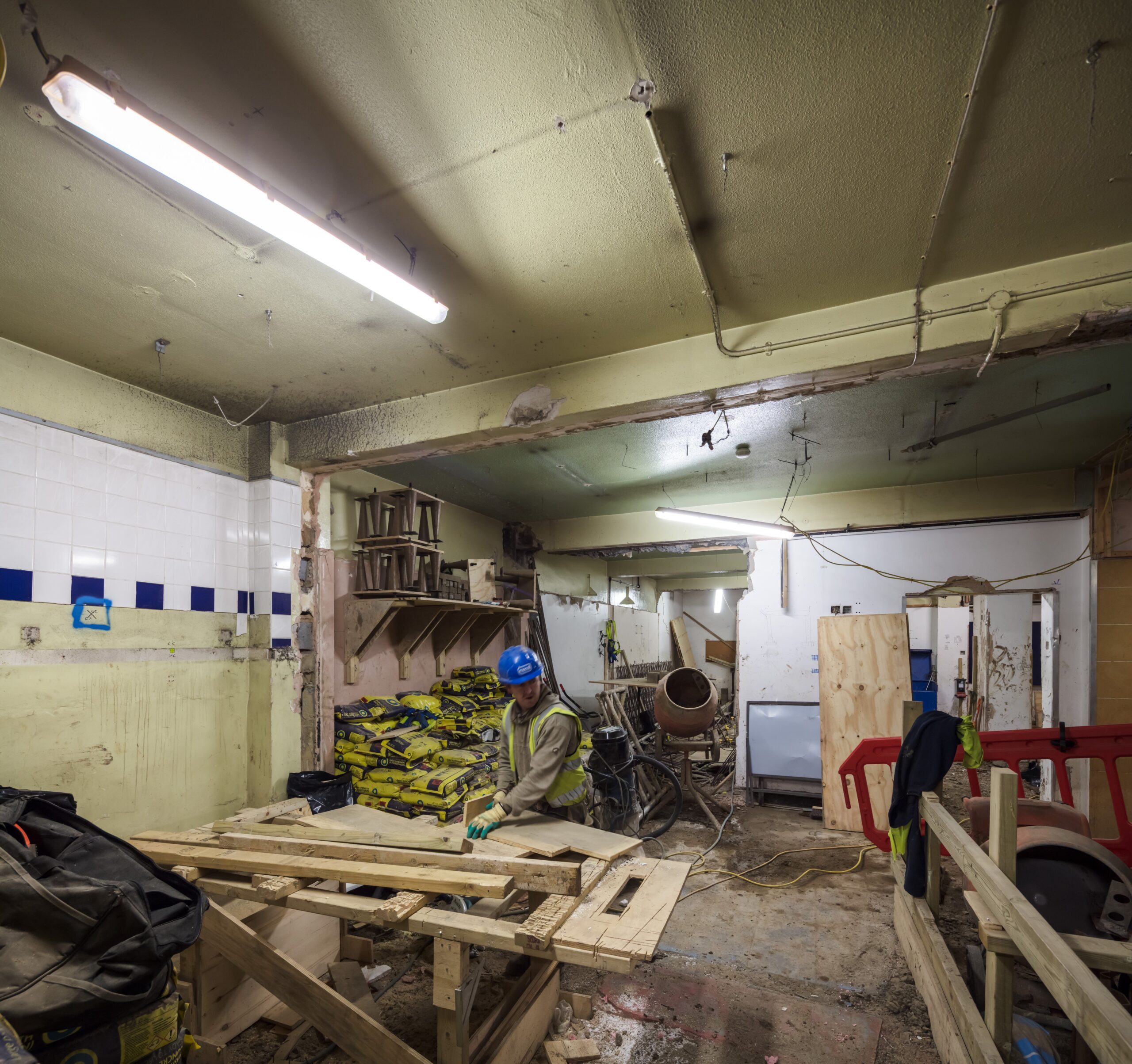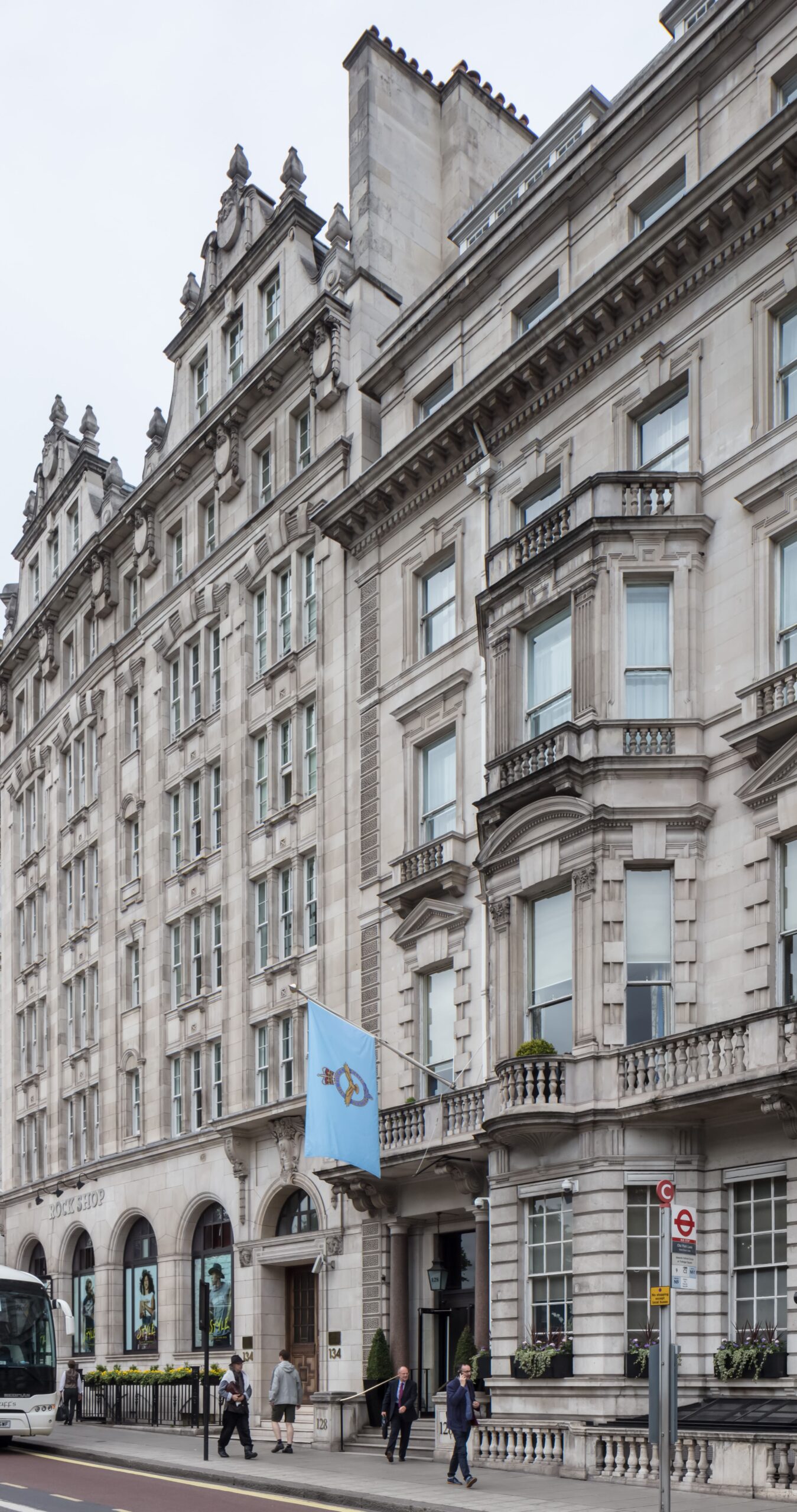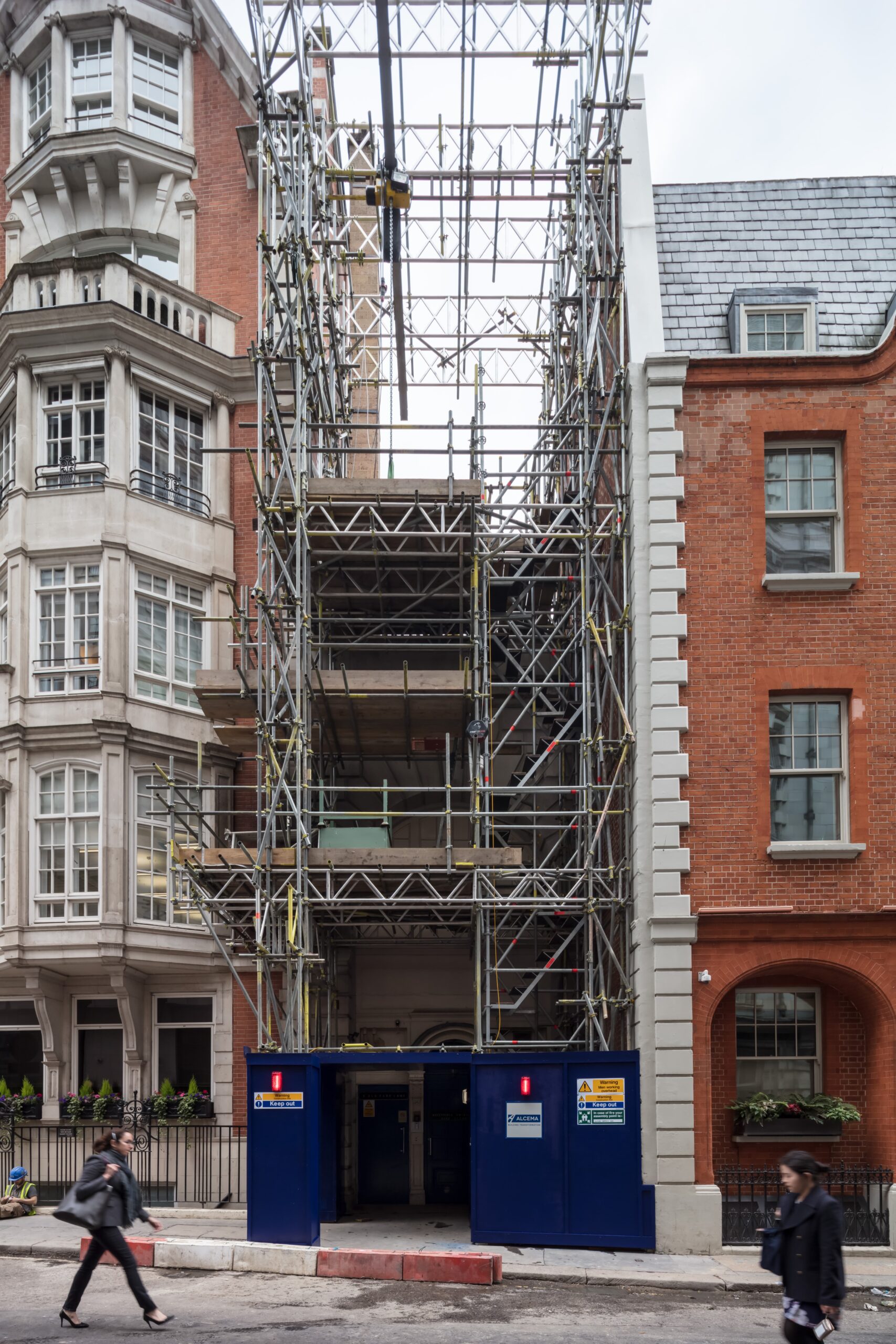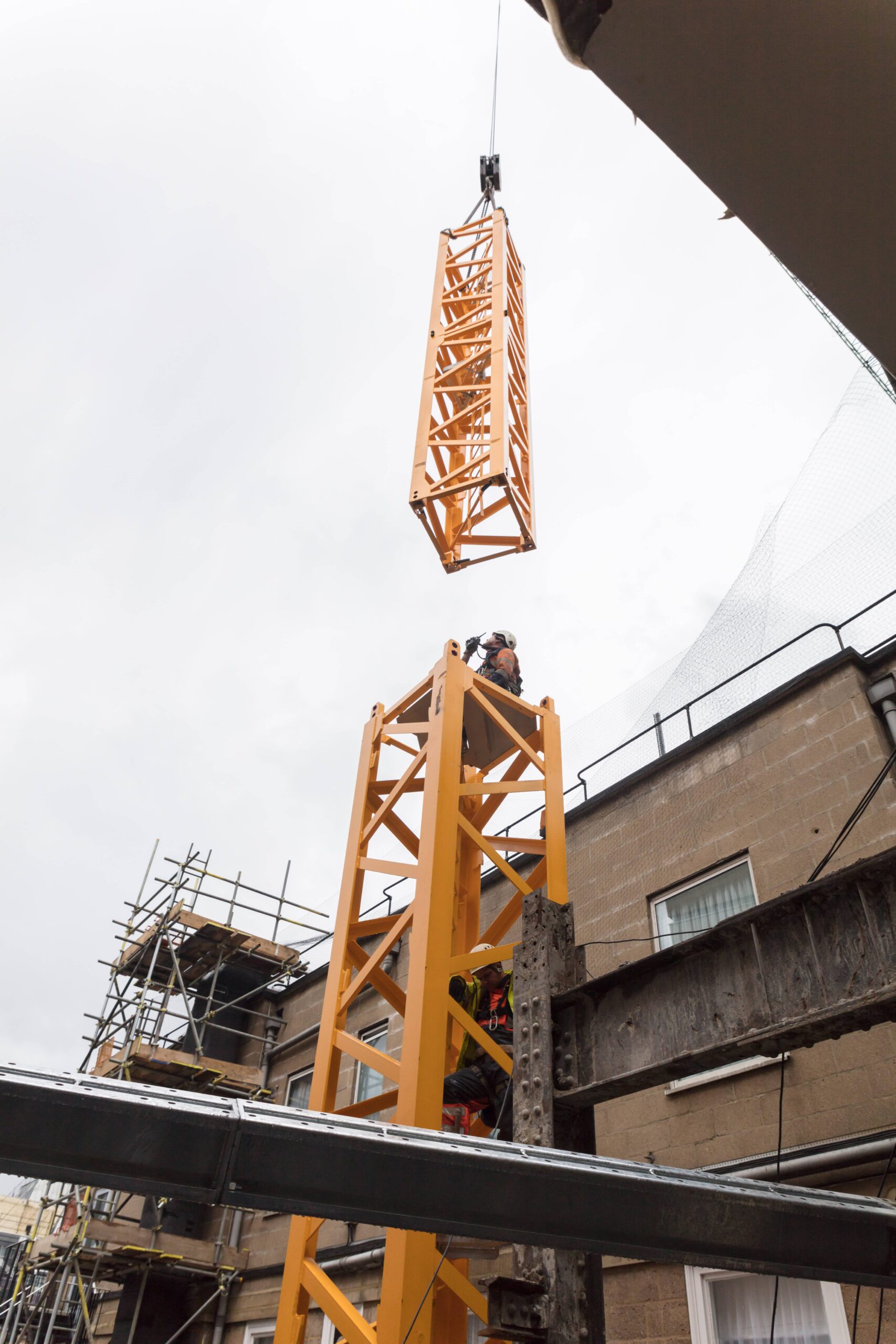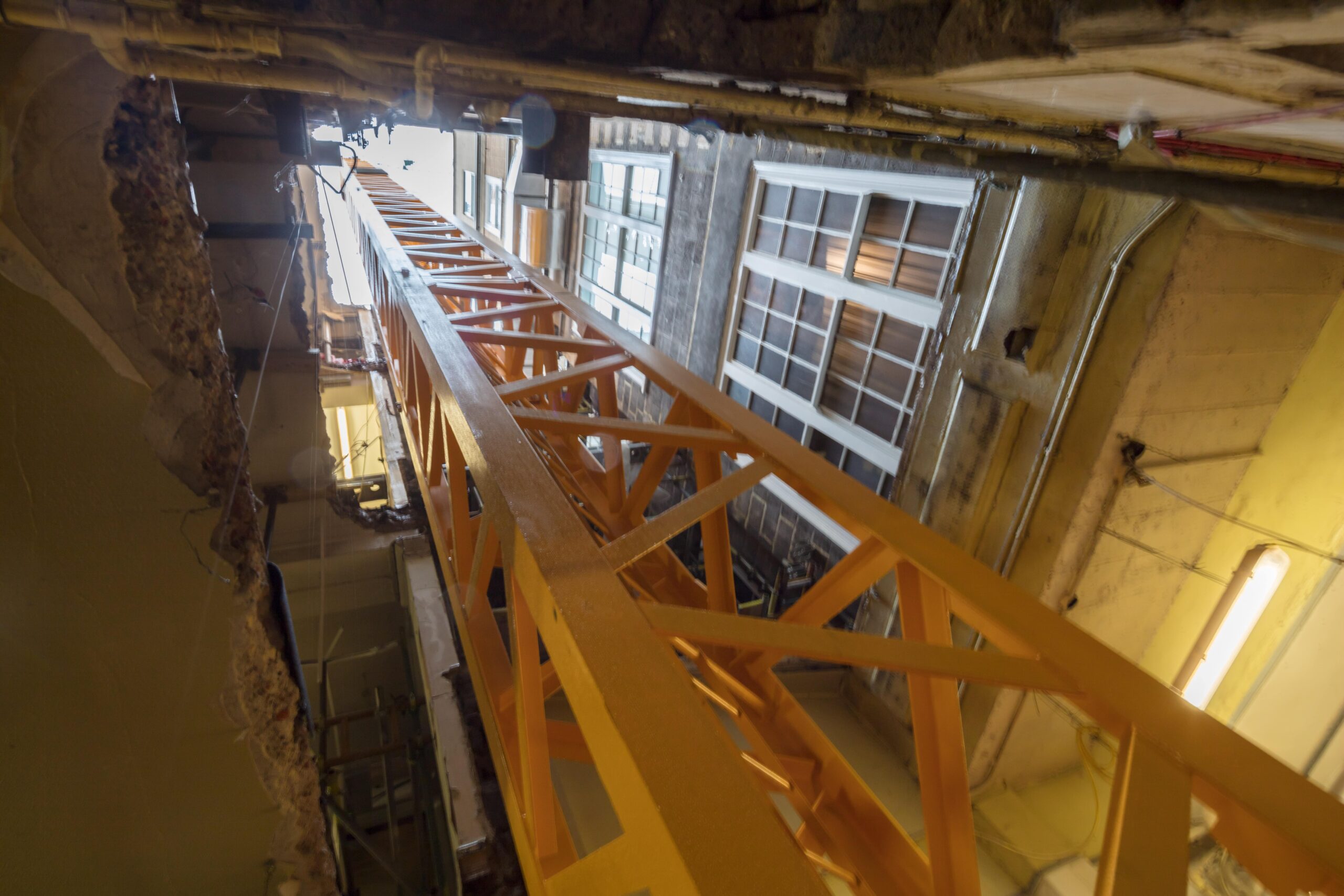RAF CLUB PICCADILLY
The project consisted of significant specialist enabling works prior to main works commencing at the rear of the prestigious listed building.
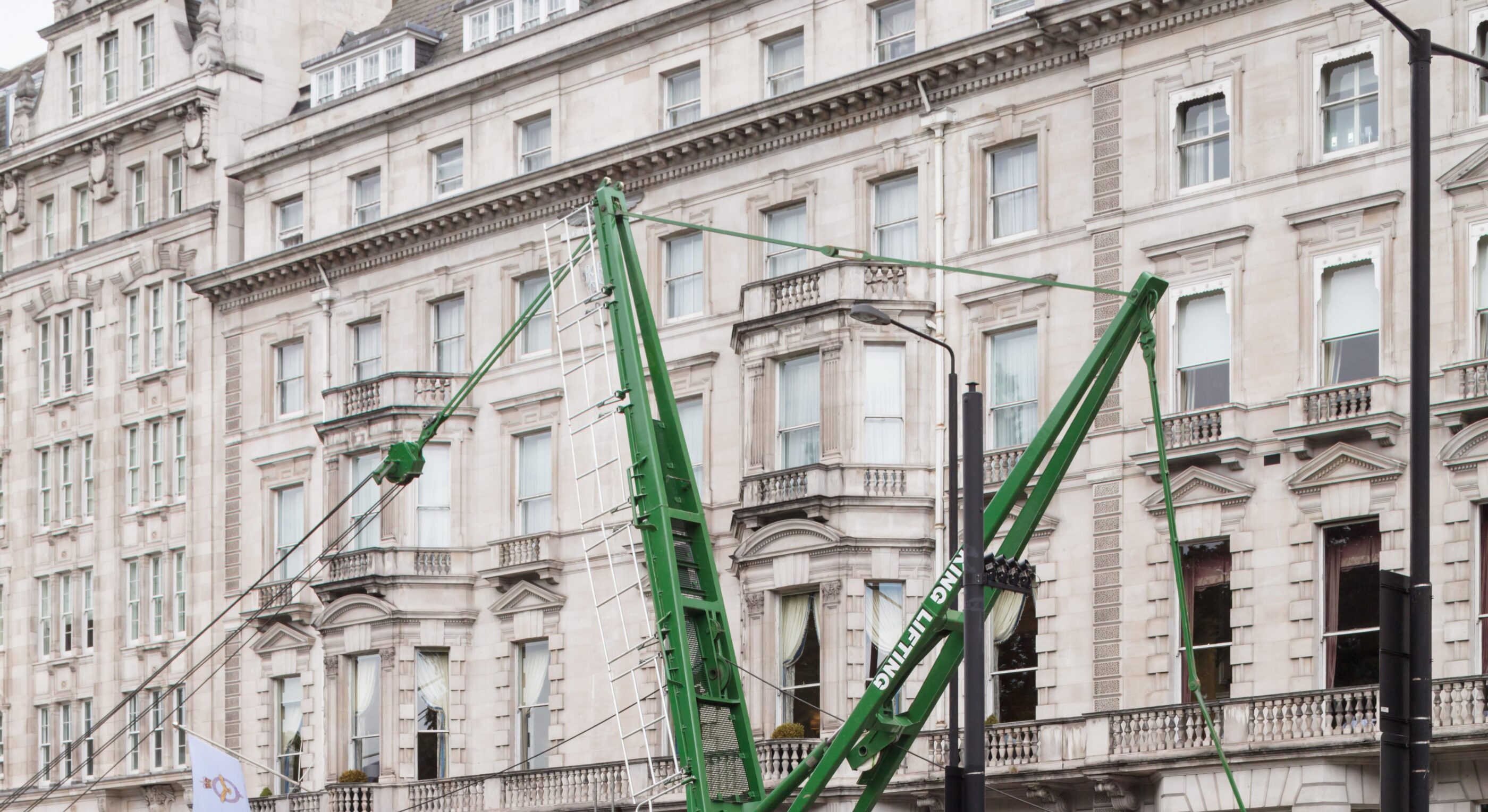
Project Details
-
01
OVERVIEW
This project involved the demolition of a multi-storey building adjoining the RAF Club, Piccadilly, London including roof replacement of the Grade II historic building.
-
02
SCOPE OF WORKS
This project consisted of significant specialist enabling package prior to the main works commencing at the rear and basement of the prestigious Grade II listed building.
The works included demolition, piling and temporary works in order to maintain the existing structure and ensure its protection alongside the installation of a tower crane and base to enable main works to commence.
-
03
WORKS METHODOLOGY
This was a complex and challenging project which we delivered with meticulous care throughout. The project required the removal of the roof, protection of the adjoining live buildings and protection of the contents from the elements, particularly a stained-glass window which is of significant importance to the RAF Club.
The main focus of our works was the demolition of a multi-storey building in a completely building-locked environment and all associated elements required to site a tower crane in a landlocked confined space in the heart of Piccadilly.
-
04
LANDLOCKED TOWER CRANE INSTALLATION
To form the base for the tower crane we had to install 44 nr concrete piles in the basement.
We engaged our specialist consultants to confirm the initial pile design calculations provided by the piling subcontractors who were selected based on their track record of working in confined spaces.
The structure was demolished by hand however the tower crane was required to remove the vast quantity of demolition material created. By strategically positioning the tower crane in the existing buildings service shaft we were able to lift the rubble over the existing building and into the shaft below, allowing the rubble to be lifted out and loaded on to the waiting lorries below.
-
05
LOGISTICAL CHALLENGES
The project involved several logistical challenges due to the location of the site. The RAF Club is completely surrounded by other buildings, access was from a busy London street and extremely limited. We had a number of high-profile neighbours that the works were affecting, and we had to maintain a good relationship with both neighbours as well as the client.
In order to complete the works we had to develop a strategy that enabled us to install the large tower crane on site and complete demolition and piling operations whilst the Club remained in operation. We had between 25 and 50 men on site at any one time in a confined landlocked area.
All movements were restricted to the service entrance located down a small side road. We liaised closely with Westminster Council to ensure pedestrian safety and free movement of traffic.
-
06
ADDED COMPLEXITIES
This was a highly complex project and it is one we are particularly proud of by the fact we met every requirement of the brief despite all the challenges in place.
A further example of this is the way we not only navigated a tower crane in a landlocked area but we also completed all works whilst protecting a large stained-glass window which is installed on the wall adjoining the structure we had to demolish.
-
07
HISTORICAL SIGNIFICANCE
The RAF Club is a London institution and has been part of the fabric of London for hundreds of years and has a reputation to uphold.
We were very aware of the responsibility we held in working on a building with so much history. As with all our projects we managed this project and works respectfully and with caution at all times.
-
08
GOVERNING BODIES
We consulted Historic England at proposal stage as well as other specialists to gain the oversailing rights and road closures required for a crane lift of this nature. There was a significant risk of causing damage to the adjoining properties which had to be managed with careful planning and liaison through the duration of the project.
In addition, we had to provide detailed construction method statements to Westminster planning and building control to assess the risks of ground and structural movement including the tube line below. They were satisfied that the detailed documents supplied would avoid damage to the adjoining buildings.
-
09
LIVE ENVIRONMENT
This project was a complex build made additionally challenging as the building was in constant use throughout the project duration and because of its location.
-
10
OUTCOME
We are proud to have overcome all logistical challenges and completed the project effectively with this prestigious client and building.
As with all projects we undertake, we want our clients to be happy with the end result. Feedback received from the client representatives was incredibly positive, they appreciated the complexity of the project and felt that the Alcema team completed the project to a high standard.
This is a fine example of Alcema working collaboratively with all parties, ensuring excellent communications and an end result we are happy to showcase in our portfolio.
